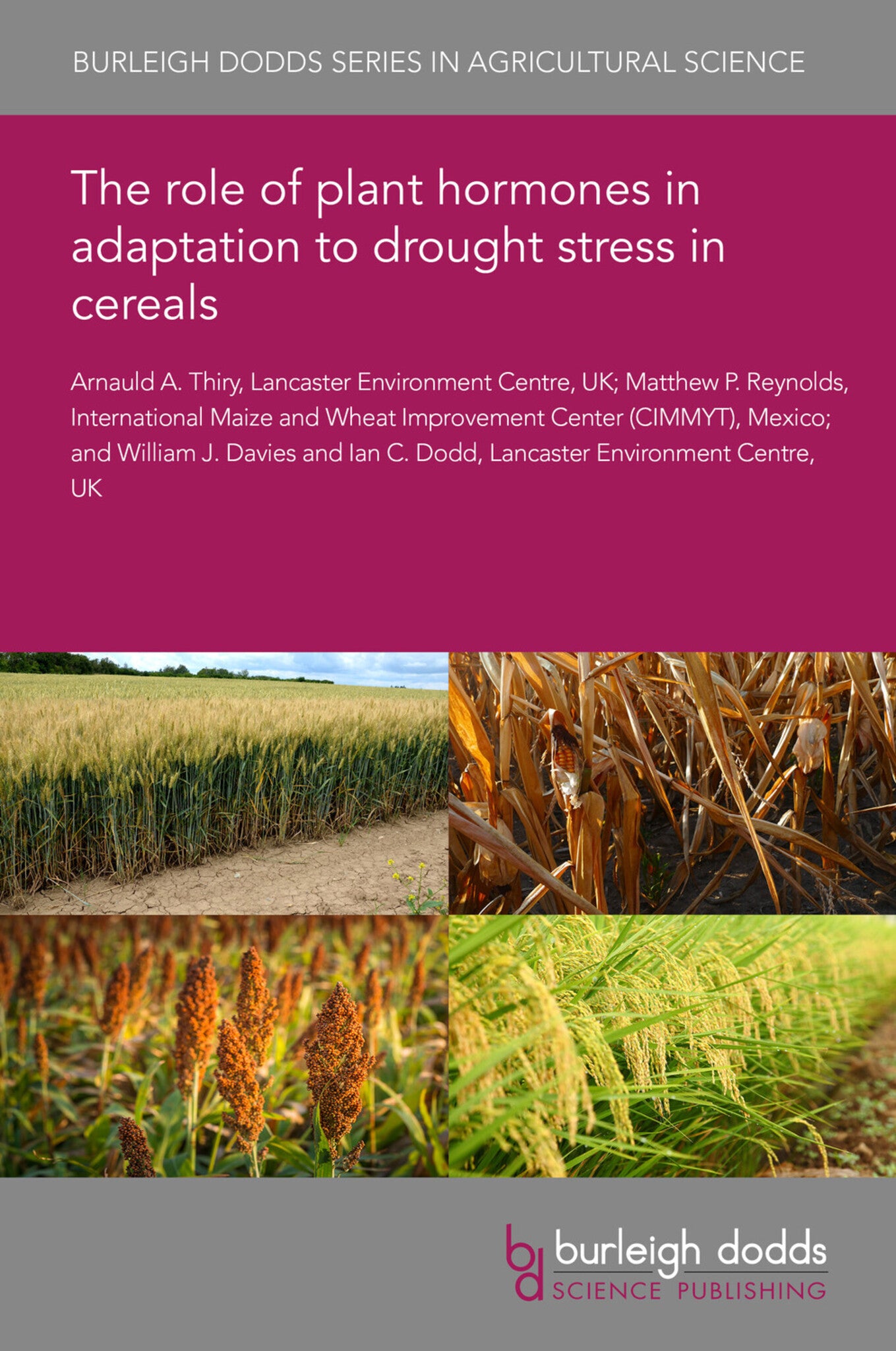We're sorry. An error has occurred
Please cancel or retry.
The role of plant hormones in adaptation to drought stress in cereals

Some error occured while loading the Quick View. Please close the Quick View and try reloading the page.
Couldn't load pickup availability
- Format:
-
27 March 2023

Future increases in drought, temperature and atmospheric VPD will have negative impacts on crop yield. If breeders are to develop genotypes that continue to yield significantly under these constraints, a greater understanding of mechanisms involved in plant tolerance/resilience to high temperature and drought stress will be a priority for improved crop production. Increasingly, plant hormones are shown to be involved in the regulation of many plant responses to drought and temperature stress. We highlight here the utility of a novel quantitative method to evaluate genotypic yield resilience and productivity. This can help us exploit new physiological understanding of the regulation of specific crop yield components under environmental stress. This case study on wheat shows that a hormonal signature (ABA and ethylene) can be used as a physiological trait for plant improvement. Such an approach to crop improvement can lead to the development of new genotypes to combat developing climate challenges.

TECHNOLOGY & ENGINEERING / Agriculture / Agronomy / Crop Science, Agronomy and crop production, TECHNOLOGY & ENGINEERING / Agriculture / Sustainable Agriculture, Sustainable agriculture, Agricultural science

- 1. Introduction
- 2. Plant hormones and yield development of crops experiencing water scarcity
- 3. Hormonal regulation of crop productivity and resilience
- 4. Future trends in research
- 5. Where to look for further information
- 6. Acknowledgements
- 7. References



